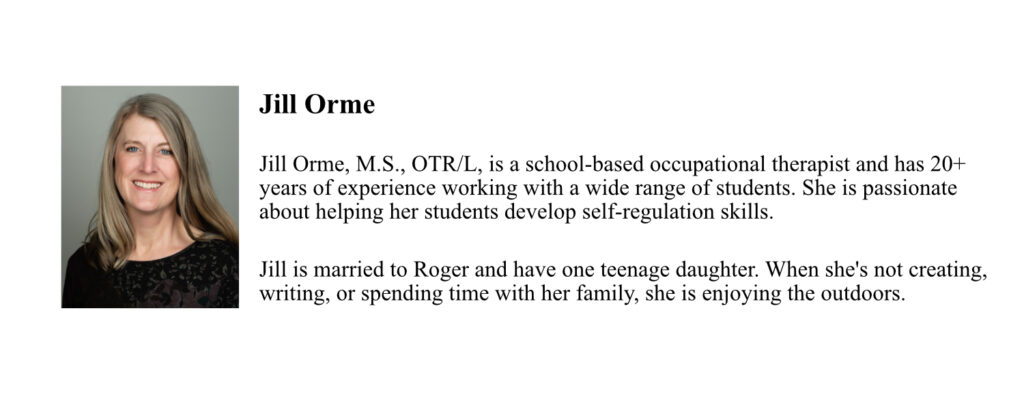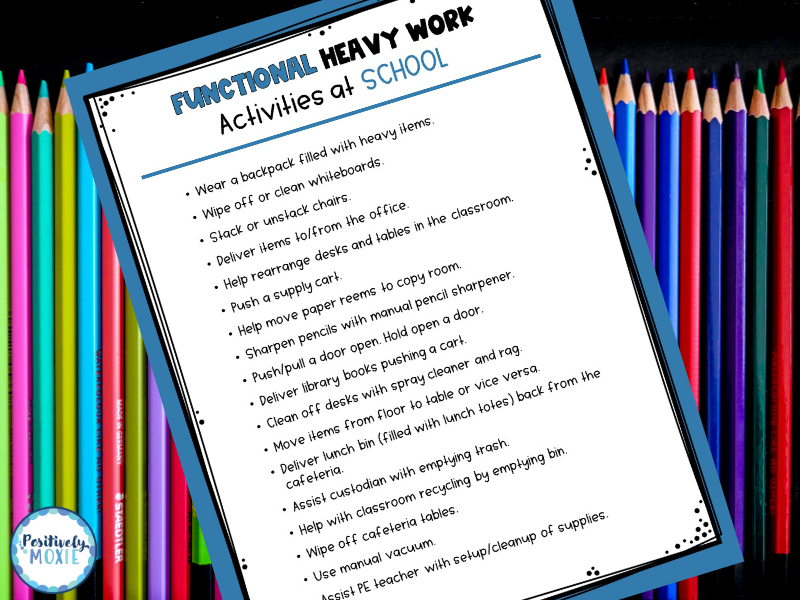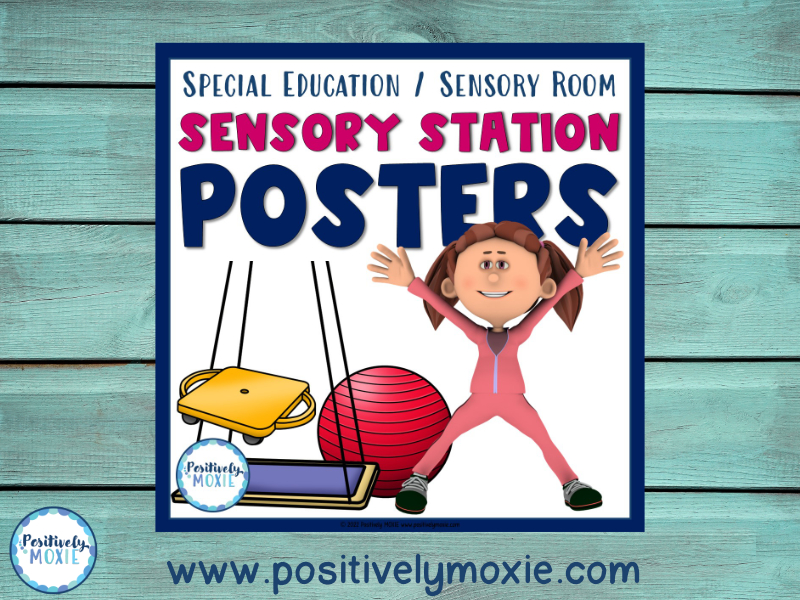Use purposeful sensory breaks to stimulate learning.

How wiggly are your students? How often are they getting to move within your classroom? Regularly scheduled sensory breaks for students provide them with opportunities for movement to organize their body and brain for better learning. Sensory breaks allow students to get the necessary sensory input to help increase attention, focus, and self-regulation in the classroom.
Why Do Students Need Sensory Breaks?
Sensory processing is the ability to take in sensory information from our body and the environment. Once we receive this information, we organize it and use it to function in our daily life. In the classroom, students need this sensory input and movement to learn about themselves and their environment. When we provide purposeful sensory experiences and movement through sensory breaks, we give them what they need to organize their brain and body, helping them return to learning.
Why are Sensory Breaks Important?
Research shows that self-regulation is a learned skill. Sensory breaks allow students the necessary feedback needed to self-regulate their bodies. Sometimes students need calming activities, while other times, students need movement breaks. Structured sensory breaks allow students the opportunity to become regulated to return to learning.
The Importance of Proprioception
When we do something physical, whether it is going for a brisk walk, doing yard work, or just rearranging a room we get energized. The same goes for your students. Students that engage in activities that tap into their proprioceptive sense, feel more energized and grounded. Proprioception is our unconscious awareness of body position. Our proprioceptive receptors are located in the muscles, tendons, ligaments, and connective tissue. It tells us about the location of our body parts, their relation to each other, and their relation to other people. Our proprioceptive sense helps coordinate the movement of our arms and legs in a well-organized way to play and move easily. When kids have an intact proprioceptive system, they can move efficiently. They can climb on school play equipment, dash across the playground, don their backpacks, and carry their lunch tray without spilling.
What is Heavy Work?
Anytime we lift, carry, push and pull items with weight this taps into our proprioceptive sensory system. Proprioception is our “position sense.” When we provide input to our muscles and joints – this impacts our proprioceptive system. The best thing about having students do “heavy work” activities, is that it is very hard to overdo it! These movements are calming and organizing to our body’s nervous system.
Have students transport “heavy” items by pushing, pulling, lifting, and/or carrying them. Items can be moved from one side of the room to another. Other activity ideas include stacking items, moving items from a table to the floor (or vice versa), or running errands to another room or office in the school, for example.
Suggestions for Weighted Items:
Reams of copier paper
Library books
Backpack loaded with heavy items
Old phone books wrapped with duct tape
Briefcase filled with old books, etc.
Plastic totes with handles, filled with heavy items
How are Sensory Breaks Best Implemented?

- Start small and allow students to understand and get used to doing the movements and activities.
- Become a “sensory investigator” to find out which sensory and sensory-motor strategies work best for your student.
- Add to or change up the activities once the student(s) have gotten used to the routine. Sometimes the effects of the sensory breaks wear off over time and it may be necessary to change up the sequence, add or reduce the time, and/or add or reduce the repetitions.
- Also, remember to allow for some flexibility. Sometimes students may want to do certain breaks more or less because it just “feels” better for them. Allow for this whenever possible and reasonable.
- Identify the best time(s) of the day that is especially difficult for the student such as transition times, lengthy seated/desk work times, and arrival or departure times, for example.
- Have students help you with the planning process, both the time(s) of the day when they need sensory breaks and the types of sensory breaks they think would work best.
- Remember that all students have different sensory needs. These needs can fluctuate throughout the school day as well.
- Using a visual timer may be more beneficial for some students.
- Keep in mind that there is not a “one size fits all” to understanding the sensory needs of your students.
- Never force a student to participate in sensory breaks if he/she doesn’t want to. Sometimes certain sensory experiences can be too much for their system.
Why Create a Sensory Room at your School?
Beyond just providing opportunities for sensory and movement breaks, or creating a classroom calming corner, you can help your students get a needed sensory input by creating a separate area or sensory room. A sensory room is a welcome place for students to go when they need a break or additional movement activities in a safe location. It is also a spot where students can go to recover if they are escalating.
What is a Sensory Room?
The purpose of creating a sensory room is to provide sensory and sensory motor-based activities for students to help them regulate their nervous systems. This safe space is a location where students can work on self-regulation from a “bottom-up” approach by using sensory and movement strategies to help calm their brain and body.
If you’re looking for more, please see our Sensory Stations product for posters and additional information on how to create a sensory space in your school.
Students need to move. Furthermore, students use sensory information to make sense of the world and interact with their (learning) environment in productive ways. Providing opportunities for sensory breaks is a useful way to help them increase alertness, attention, and focus for learning.



